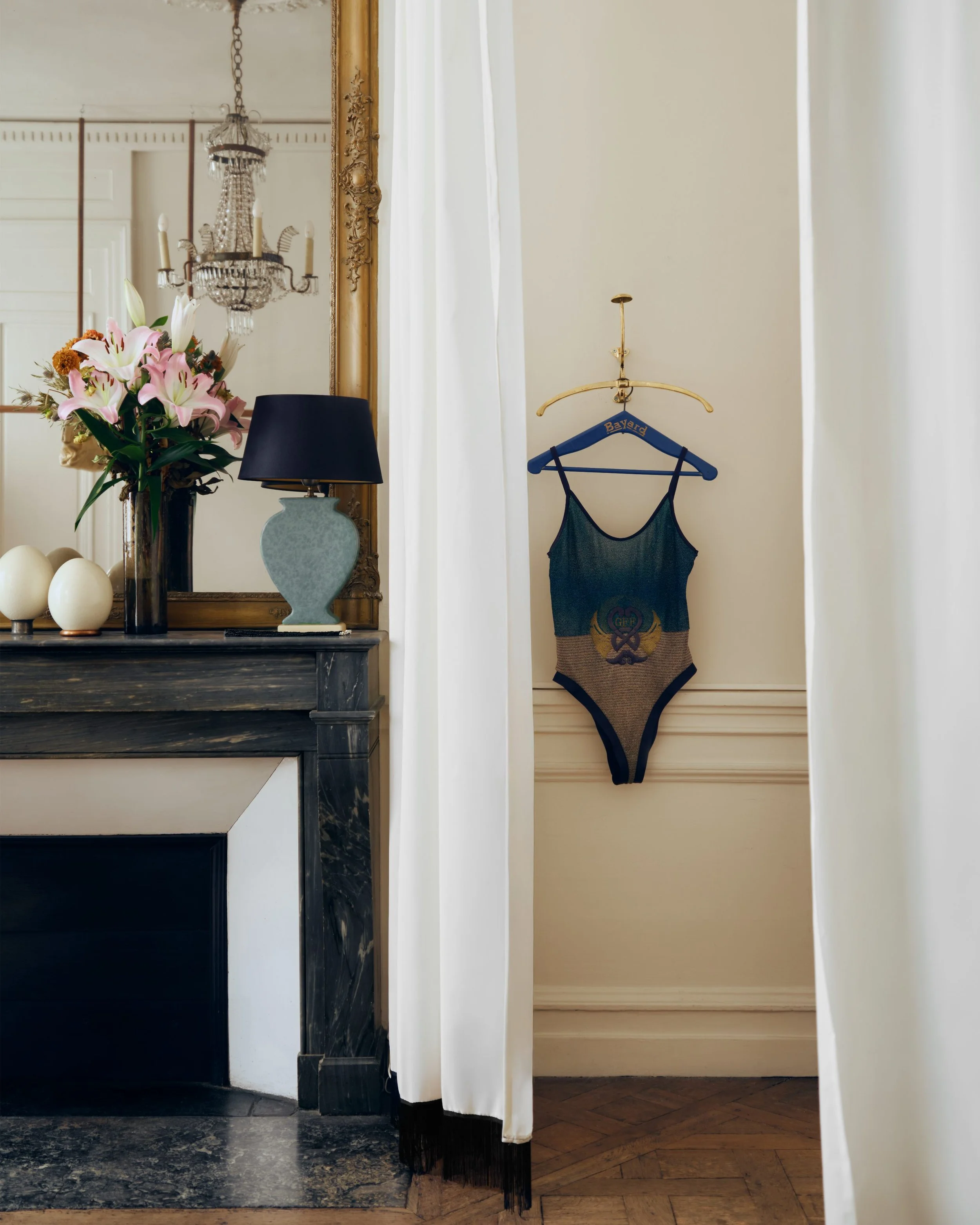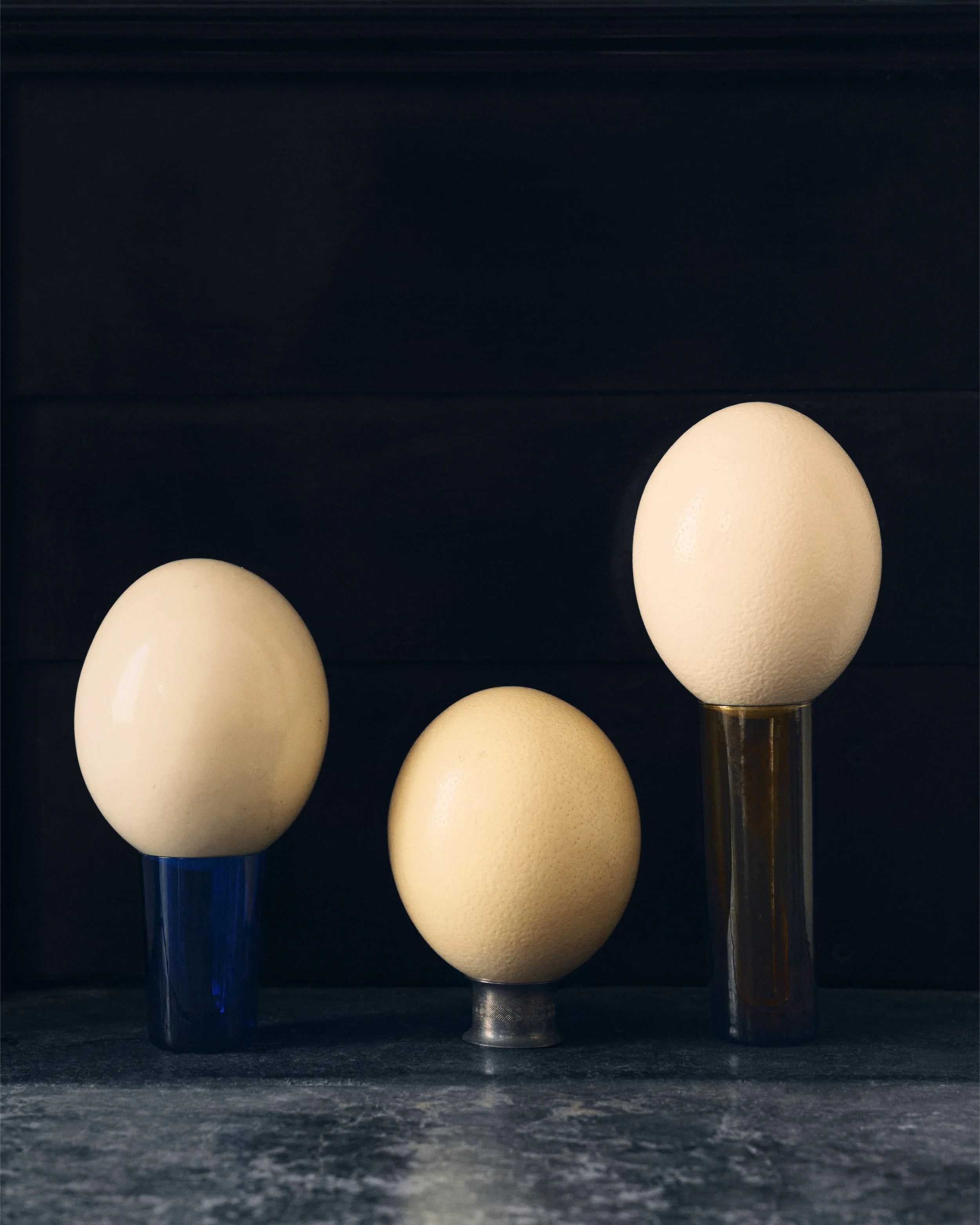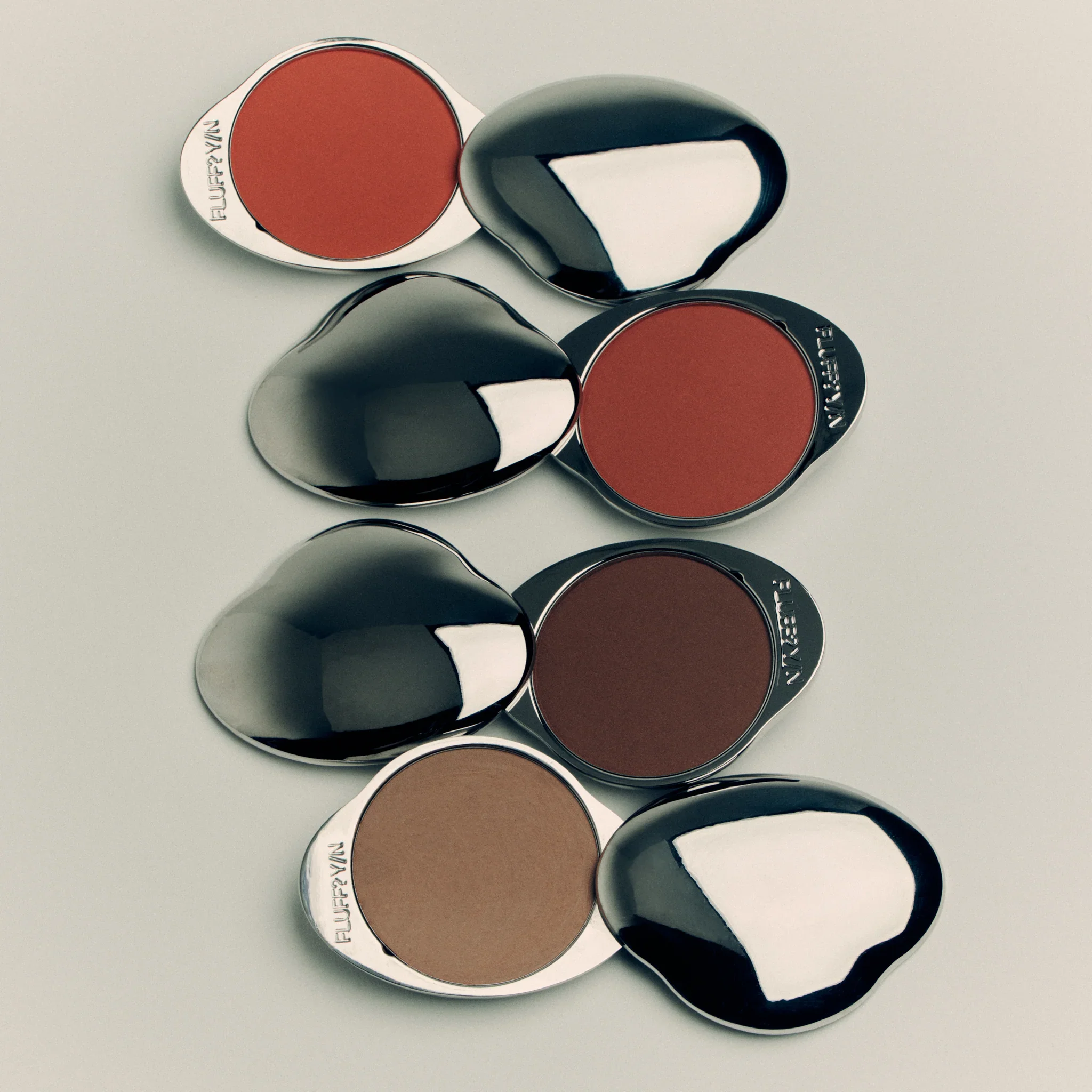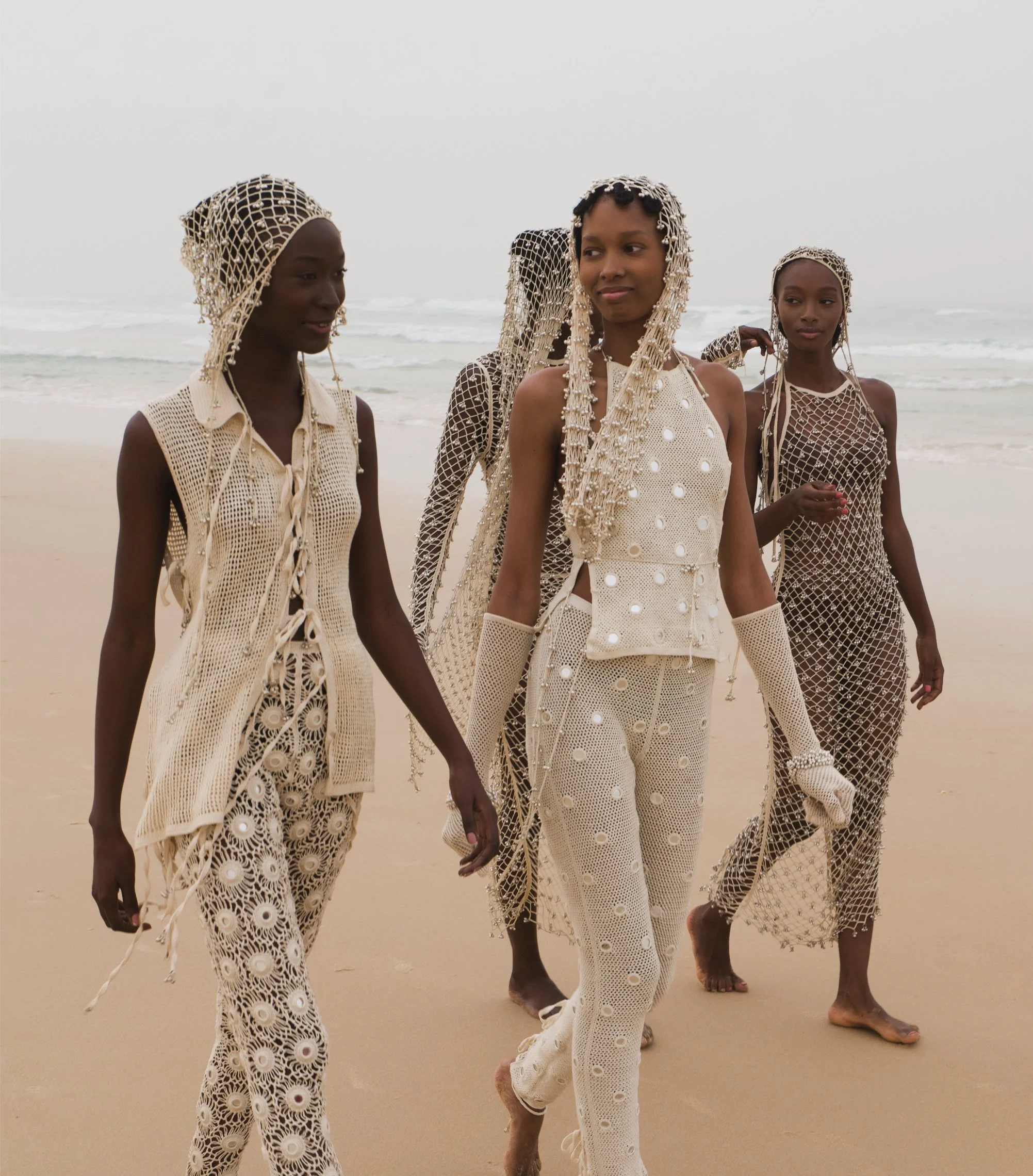Turn, A New Salon in Paris
In their newly opened Paris showroom, TURN translates its love of storytelling through vintage into a tactile, intimate experience – a space that asks visitors to slow down, notice, and inhabit the beauty of what already exists.
We spoke with Founder & Creative Director Clara Hofer-Maire about the origins of TURN, their philosophy of “curating new rather than creating new,” the intentional design of their new salon, their approach to ethical curation, and what lies ahead for the brand’s evolving world of vintage.
Interview NICOLE GAVRILLES
Photos by LUDOVIC BALAY courtesy of TURN
ORIGINS & PHILOSOPHY
TURN was founded in 2022 on the beautiful principle of “curating new rather than creating new.” Can you tell us how this philosophy first took shape for you?
It all started with the natural attraction to collecting beautiful objects. What was interesting to us was the essence that a collection represents, the feeling and world it can create compared to a piece on its own. It’s like a full movie compared to one scene. Once you have one piece you source another piece for it, you start pairing one after the other and slowly you are curating a collection of 100 pieces; unravelling a story. What captivated us is the power of pieces that have already lived brought to the same table. That’s actually the very first collection we ever did, the “TURN table”, the unspoken dialogue between each piece from different eras and locations rather than the voice of a piece in itself, on its own. Rather than creating we wanted to explore what was possible with garments that already exist. Creation for us is built on what already exists, trends keep repeating, it is inspiration from the past that leads to creation. Whether we call that “new” is up for interpretation.
What drew you to vintage as your creative medium, and how has your relationship to secondhand fashion evolved since TURN began?
A vintage piece has a personality, it has been used and loved or hated. That energy really attracted us, as storytellers collecting those stories reshaping them and assembling them. Since the beginning we evolved into a deeper relationship with secondhand perhaps a more genuine one. We used to look at tags, unadmittedly that tag was our credibility in the secondhand market. Without those tags no one notices you especially if you don’t have a community. From that dependency we started to become more detached because of the growing and loyal community, we enjoy pieces for their shape, their colour, their texture, no longer for their tag.
You often describe TURN as assembling “pieces linked by the eye that found them.” What does that eye see and what defines a TURN piece?
The TURN PARIS eye is an eye that has traveled, not necessarily from one continent to another but rather led by curiosity from building to another, one window to another, one colour to another; a gesture to another. It’s an eye that notices. Noticing is a defining word for us. Our friendship and business was built on noticing each other; it's a form of empathy. It’s easy to avoid noticing. A TURN PARIS piece would be somewhere between a lively urban popular street and a mudded countryside road, something like a pair of blue rubber boots on the concrete pavement : the scenario of a contrast. It’s also a piece that makes you smile, makes you feel less serious.
The brand gravitates toward “impractical” pieces, those that resist pure functionality. What attracts you to those kinds of garments, and what story do they tell for you?
Everything practical is very serious. The sometimes uncomfortable impracticality creates an allure in the day to day, it reminds you that you decided to put it on by choice not comfort. That step away offers a fresh space of mind, it’s a game.
SALON OPENING
Congratulations on the opening of your new showroom! What inspired you to create this new space, and what was your vision for it from the beginning?
Thank you !! We value a slow pace and solitude as the best advice. Shopping not solely as a way to buy a product, but as a break in your day and a moment for you or to spend with a loved one. The salon is yours for the time of your stay, just like in a hotel, you inhabit the place for a short period of time. The arrangement of the space reflects that between a divan that invites introspection, and playful fake lemons that you want to touch.
In what ways does this showroom reflect TURN’s values and approach to fashion – particularly your ethos of curating rather than producing?
The space encourages you to slow down and view a limited selection, to focus and notice what you truly want. When you enter the space you leave your coat and bulky belongings in the entrance which allows you to truly focus on discovering the pieces in the salon, without rushing or thinking about other customers. This approach is to encourage thoughtful purchasing but also as mentioned before it encourages you to “notice”.
What was the concept behind the design of the showroom? Were there particular references, materials, or emotions you wanted to capture?
Hotels were a big inspiration, you’re invited to stay temporarily but not like in a museum where you’re not allowed to do much. We want clients to touch objects and take a seat where it’s the most appealing to them, not control them so much. Materials that have that touch worthy surface like zebra print, carpet, velvet, fringes… Awakening emotions that you can only allow yourself to feel in a more private space. The wooden floor cracking is also one of the features we were looking for as part of our imaginary for Parisian old apartments.
“Creation for us is built on what already exists, trends keep repeating, it is inspiration from the past that leads to creation.”
ETHICS, SUSTAINABILITY & PRACTICE
TURN’s commitment to ethical fashion runs deeper than sourcing vintage – it’s also about storytelling, care, and preservation. How do you approach sustainability in your curatorial process?
We source piece by piece, there’s no bulk buying, it’s a slow and thoughtful process. Before releasing a piece it will be tried on at least once or twice and imbricated into an outfit to mix and pair with other pieces. It’s like we get to know each piece before putting it on a rack or on the e-com. That’s our main ethical stance. It's not just vintage, it’s a piece by piece process, a double selection : first the sourcing, then the try-ons.
How do you ensure each piece maintains its authenticity and integrity while fitting into TURN’s broader narrative?
I think through the styling process, the narrative happens naturally. The TURN silhouettes are telling the story, the pieces make sense once they are paired.
In your view, what does it mean to give a garment a second life, or perhaps a new chapter?
Reimagining its meaning. You give a second life to a piece when you’re able to see it outside its original context. You remix it. I would go as far as saying we give not only second lives but sometimes 3rd or 4th haha, that’s the most sustainable thing you could do — constantly re-enchanting an already owned piece.
AESTHETIC & CREATIVE INTENTION
Color plays such a distinct role in TURN’s collections – often unexpected, poetic, or slightly offbeat. What does the quality of color mean to you both, and how does it guide your curation?
I think it goes back to the question about impracticality. It’s more practical to have a monotone wardrobe, pairing is easy. The challenge colour represents is what attracts us over and over.
If TURN’s showroom could communicate one feeling or sentence without words, what would it say?
Losing balance.— Balance being a situation in which all elements are equal and in the correct ratio, it’s that slight shift away from the correct proportion that defines our space.
With this new physical space, what kinds of projects, collaborations, or experiences are you most excited to explore?
Expanding the experience centred around the customer. How far we can push that in a creative way. I was thinking of nocturnal shopping days where we would offer champagne or wine and open in the later hours.
“We want clients to touch objects and take a seat where it’s the most appealing to them...and awakening emotions that you can only allow yourself to feel in a more private space.”
How do you see this new chapter shaping TURN’s evolution as a brand?
I think with a physical place people really get to immerse themselves and understand the world of TURN which is a big evolution for the brand. It’s not just streamed through solely an online experience.
Looking ahead, what do you envision for TURN in the next few years – creatively, ethically, or spatially?
Creatively I want to continue challenging what can be done with vintage and how far it can go in the storytelling. On an ethical level, we want to keep growing a community that cherishes slow and limited consumption. Spatially, we would love the idea of the salon brought overseas, in a new city.
Finally, for both of you personally: what continues to inspire you about vintage – not just as fashion, but as a form of cultural memory?
You can never get used to vintage, there is always a new designer to discover that was doing niche designs in the 80s somewhere. Collecting and finding these undiscovered gems really keeps you on your toes.
Born in Paris yet drawn to the city as a traveler, TURN creates clothes that are bright, unafraid of color, full of contrasts, and easy on the body. Each piece stands whole, without visible ties, but together they find their order. An unexpected harmony. TURN was born as a vintage label and still carries that sense of rarity. Each collection is a fleeting encounter: pieces produced in sharply limited numbers. Every season offers no more than ten enduring styles, updated over time and crafted exclusively from materials sourced across Europe.
For more information about TURN Paris, visit their website.
YOU MIGHT ALSO LIKE















As many companies quietly scale back their sustainability efforts, Swedish brand Houdini Sportswear is proving that impact-led business models still outperform.